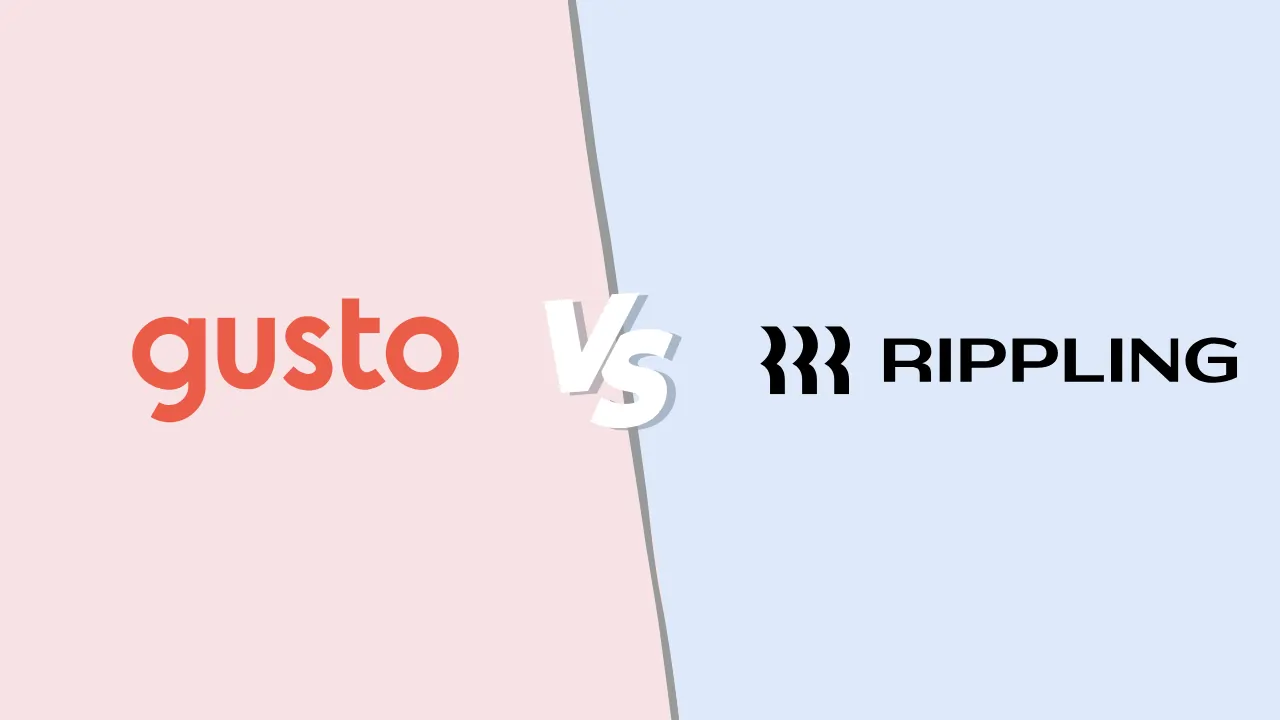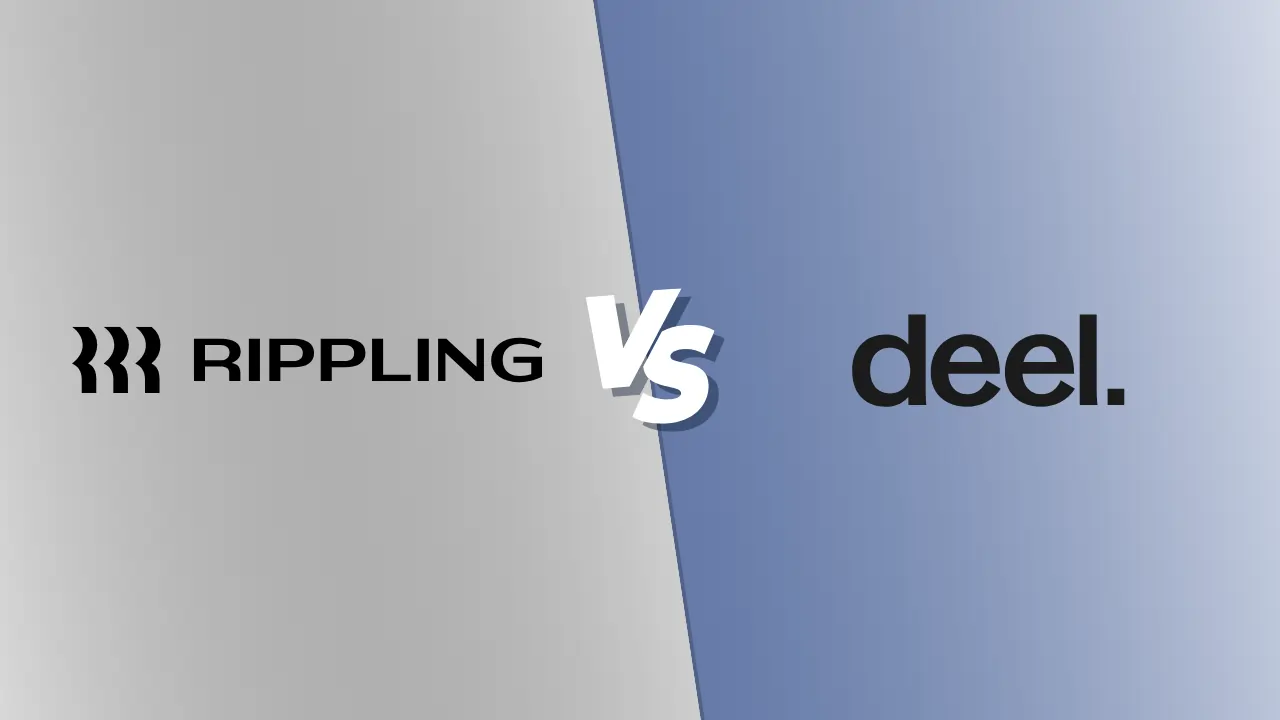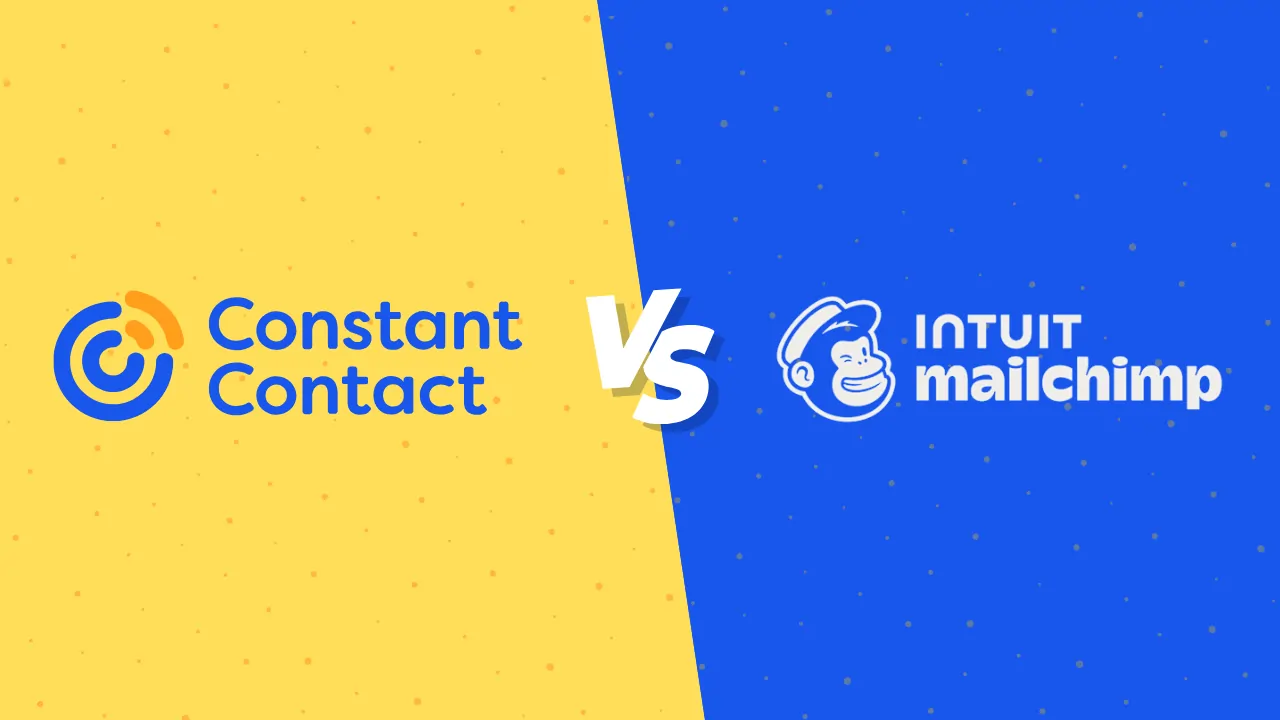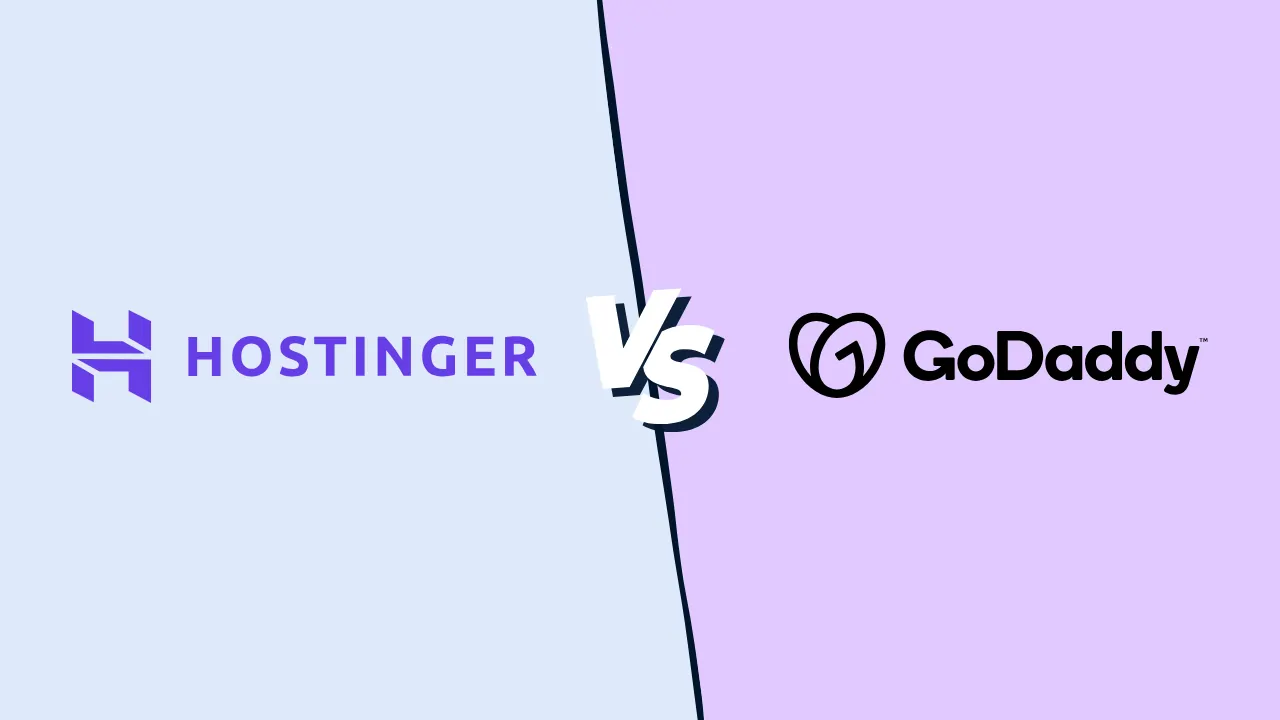How a news editor chasing stories ended up chasing wasted SaaS spend

If you’d told me a year ago that today I’d be excited — really excited — about launching a B2B tool for a software comparison website, I would have laughed. At the time, I was working crazy hours as a news editor covering Israel’s war against Hamas in Gaza. The year before that, I was running a cannabis education startup. So, no — I wouldn’t have believed you.
After 18 months of covering the conflict, something in me shifted. The news was relentless — the kind of work that seeps into your bones and doesn’t let go. After living at that pace, I needed a change. Something quieter. Something that felt like building instead of reacting.
That’s how I found my way to Sonary. A place where the goal isn’t to break stories, but to help people make better decisions — to untangle the messiness of modern work and give small businesses a bit more control.
Because as it turns out, the little things matter more than we give them credit for.
Building something small that helps in a big way
Fast forward to today, and Sonary has just launched the Booster — a free tool that helps businesses take control of their software spend. Over the past six months, our team has been building something that solves a problem almost everyone admits to having but few ever face: the quiet chaos of software sprawl.
The Booster isn’t some grand innovation. It’s a small, sharp one — designed to show businesses what they’re paying for, what they’re actually using, and what they can probably live without. Most of us know we’re wasting money on subscriptions, but it’s the kind of problem that never screams loud enough to get fixed.
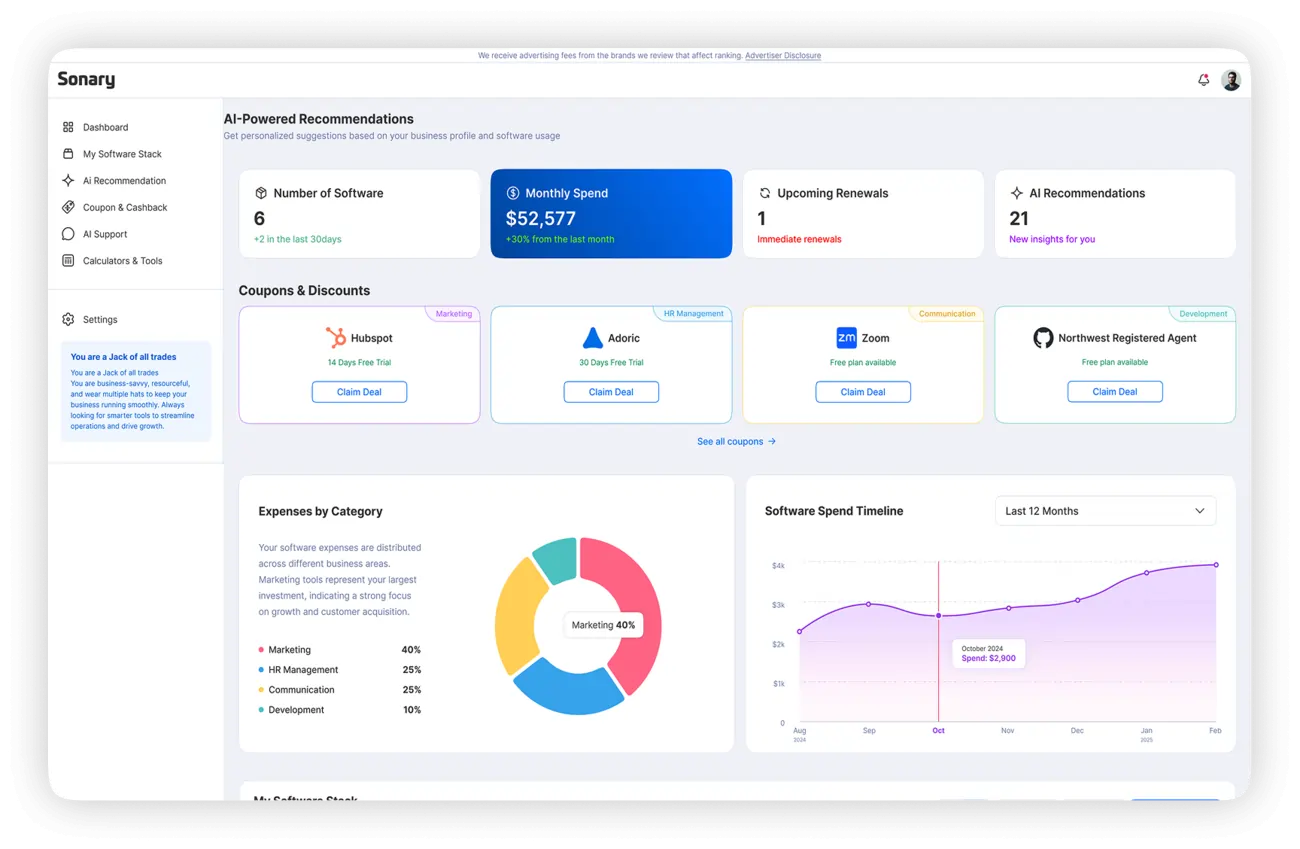
We wanted to build something that makes getting the task done easier. Not another dense dashboard, but a calm, clear picture of what’s going on behind the scenes — so you can make better decisions without spending hours sorting through invoices and tabs.
The messy middle of making something simple
Of course, it didn’t happen overnight. We went through several versions — designs, prototypes, and long debates about what really mattered to users. Each iteration stripped away something unnecessary until what was left felt right: a tool that’s light, fast, and actually offers a solution for software bloat.
Under the hood, the Booster analyzes business data and uses AI-powered insights to flag inefficiencies, highlight underused tools, and even recommend better fits based on real usage patterns. It doesn’t just show the mess — it helps clean it up.
And we’re not done. There are more ideas in the pipeline — smarter automations, cutting-edge data visualization, deeper integrations. Some of them are already in development. The Booster you see today is just the first version of something that will keep evolving.
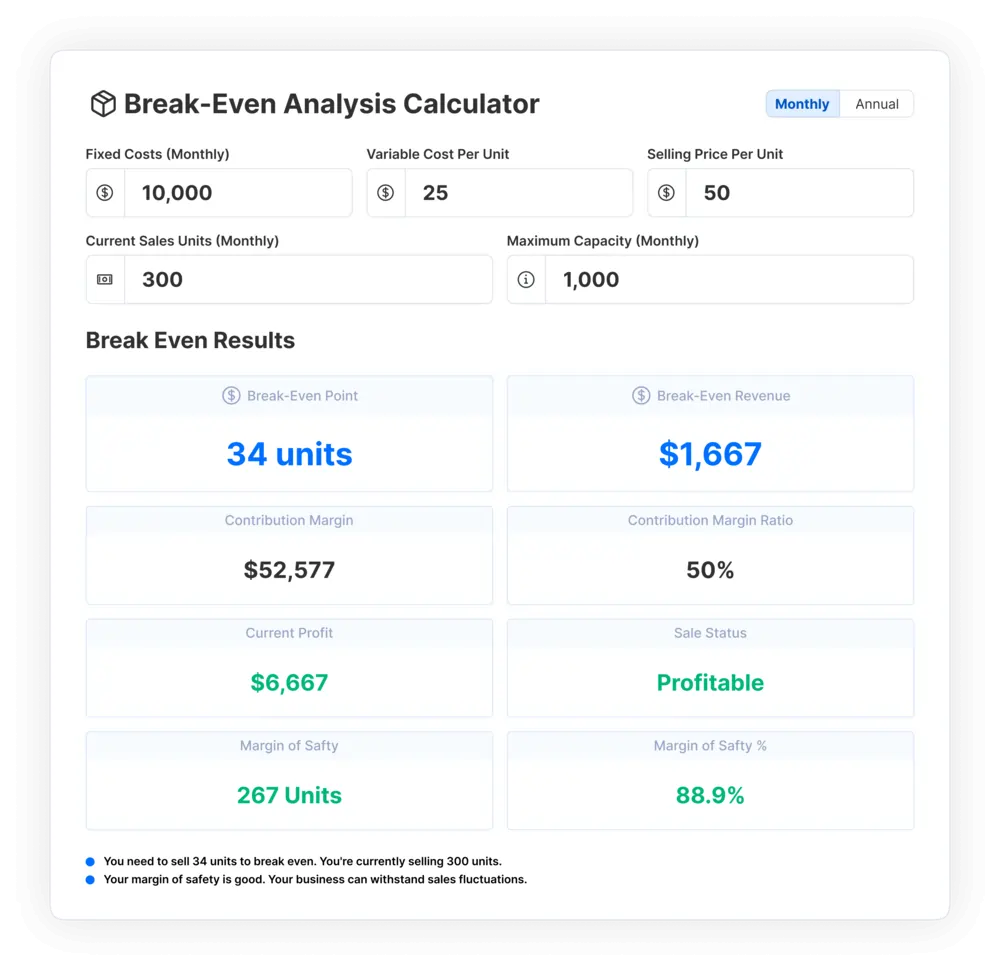
It’s the little things
The truth is, organizing software isn’t glamorous. It’s the kind of task that lives at the bottom of every to-do list. Most of us know we’re probably wasting money, but between juggling projects, people, and everything else, it’s hard to make the time.
We’ve been there too. Inside Sonary’s parent company, Ryze Beyond, we had our own tangle of tools — half-used subscriptions, overlapping services, a few forgotten free trials that somehow became paid plans. Once we finally cleaned it up, things felt lighter. More manageable. And that feeling — that quiet sense of relief — is what we wanted to share.
Because this isn’t really about software. It’s about space. Clarity. Breathing room. When you get even a small part of your business under control, the rest of it suddenly feels easier.
That’s a big part of what Sonary is really about: making the complicated feel clear, and giving small businesses room to grow.
Take a look at the Booster. See what it shows you. Maybe it’ll help everything run a bit smoother.
